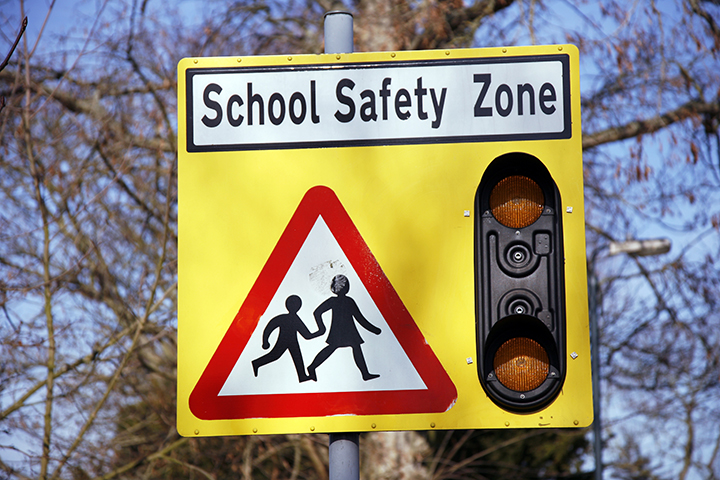Chicago Public Schools Chief Safety and Security Officer Jadine Chou is steering the district toward a different style of student discipline—one built on a dynamic of positive adult interventions.


Chicago Public Schools Chief Safety and Security Officer Jadine Chou is steering the district toward a different style of student discipline—one built on a dynamic of positive adult interventions.
CPS is home to many schools in neighborhoods rife with poverty, crime, and gang violence, and Chou is tackling that influence across the district every day, though not in the ways some might expect.
“If we know that a climate is rough at a school, it does no good to bury our heads in the sand,” she said. Instead, Chou provides a solution.
OZY described how the chief safety officer responded to a southwest-side Chicago school after students pulled fire alarms for four consecutive days. When she arrived the next day, the alarm went off again, and she attempted to stop three male students who rushed past her in the melee, though they ignored the short, 50-something Chinese-American woman.
OZY reports:
She yelled after them, “I will find out who you are! I promise you.”
And she did, but she wasn’t after them. “Bring me the leader of their group — the one those boys look up to,” she told the school’s security officer.
Soon after, Chou was sitting across from the student, a young male. “I’m not here to accuse you,” she said. “You’re not in trouble, but I’d like to make you a deal. You make this stop, and I’ll find you a job.”
The fire alarms weren’t pulled for the rest of the school year.
Chou told the news site she’s worked to create a different dynamic in the district of roughly 370,000 students since she took over school safety in 2011.
“When I started six years ago, the Office of Safety and Security played much more of a role related to enforcement of rules,” she said. “Enforcement has a connotation of punitive consequences.”
Instead, Chou has worked with the Chicago-based group Umoja to train the district’s 1,300 security officers in restorative justice, de-escalation techniques, and racism reduction as part of a program designed specifically for CPS.
“What Jadine has been doing is really changing the orientation of the safety and security staff in the school to move away from catching kids doing bad things to being a positive adult in these young people’s lives,” Roseanna Ander, executive director of the University of Chicago’s Crime and Education Lab, told OZY.
Chou said the training and new focus has helped officers better relate to students. One training technique, for example, tasks officers with recalling their own struggles as children, and the positive adult role-models that helped them through it.
“Many of the officers shared very personal stories about the trauma they experienced and how thanks to one caring adult, they were able to make it through,” she said.
School safety officers are often overlooked in what James Davison Hunter and Ryan S. Olson call the “moral ecology” of a school community, despite the crucial role they can play as positive adult influences in the lives of young people.
In The Content of Their Character, a summary of research from Institute for Advanced Studies in Culture’s School Cultures and Student Formation Project, editors Hunter and Olson write, “What these case studies [in high schools across the United States] . . . consistently show is the importance of the informal articulation of a moral culture through the example of teachers and other adults in the school community.”
In Chicago, Chou contends that the restorative justice approach, coupled with a “Safe Passage” program to help students navigate violent neighborhoods to get to school, has drastically improved student safety. In the last year alone, Chou contends student victimization has dropped by 53%.
Educators interested in learning more about the restorative justice approach can look to Lighthouse Academies, which offers a case for restorative action in Gary, Indiana.
For further reading on CultureFeed